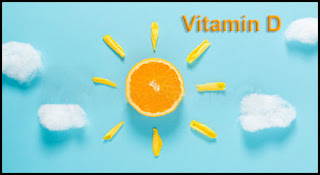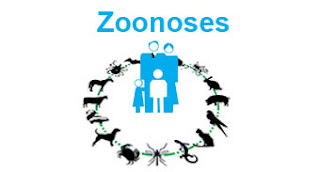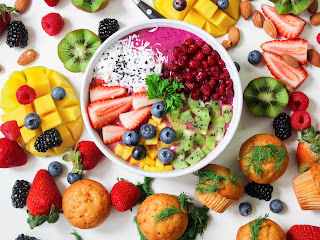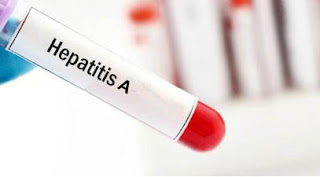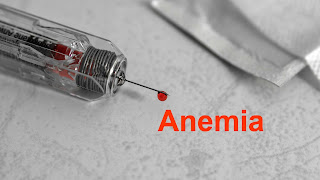Diet
Diet is the basis of life. Diet is necessary for the life of every creature. From extremely microbes to large animals, humans, trees and other vegetation have to be fed. Vegetables absorb their diet in the form of inorganic salts and carbon dioxide respectively from Earth and Air. In the light of the sun, the plants prepare suitable carbohydrate, fats, and other substances within them.
Humans and animals get their food from flora and fauna. The components of which are made from the same inorganic fundamental elements Those who take the vegetation from Earth and air. Therefore, the trees prepare food for all classes.
There are three purposes of diet or food:
- Give strength to work each body part.
- Rebuilding cells that break down tissue breakdown in daily activities.
- Give the body the power to protect yourself from diseases.
Therefore, the same diet is suitable for health, which will fulfill these three objectives.
Components of diet
There are six specific ingredients available in the human diet.
- Protein
- Carbohydrate
- Affection or fat
- Minerals
- Vitamins and
- Water
The bodies of animals and humans are also made of these substances. From these chemical analyzes, these ingredients can be found in them. Therefore, these ingredients should be in a reasonable amount in the diet.
Proteins
Proteins typically meet in grain, milk, meat, fish, and eggs. Protein is converted into amino-acid when digested. By re-synthesizing these amino-acids, the body prepares other suitable proteins for itself. The human body makes some amino acids from the diet, But other such acids cannot make it These amino acids humans get the body of flora and fauna. Some proteins are essential for the body. They are called superior or first class proteins. These proteins are especially derived from animals. The milk is the first of all. There are also first-class proteins in the egg, meat, and fish. Their job is to make the content of the body. Does their part to provide the body the power and heat.
Carbohydrate
It is mainly obtained from vegetation. Sugar is pure carbohydrate. Glucose, maltose, and lactose are just types of sugars, Therefore, these are also pure carbohydrates. Glycogen and starch are also whole carbohydrates. All types of carbohydrate are converted into glucose by the digestive end. Cellulose does not have the action of digestive juices. Glucose works in the body of fuels. It requires its every moment.
Fat
Oil, clarified butter, butter etc. are pure fat. There is also fat in meat and eggs and vegetative substances, Especially in dry fruits, such as almonds, walnuts, cashews, and peanuts etc. The function of fat also is to create heat and energy in the body. Except for carbohydrate, fat is two and a half times more power. Some fatty acids are important for physical nutrition.
Minerals
Some minerals are found in abundance in the body And in some small quantities. Calcium and phosphorus are abundant in the body. These make from bone. There are also iron, sodium, and potassium in this category. Iron is a special organ of blood. Sodium and potassium control the body's tissue process Due to their imbalance, the disease is created.
Second-class minerals, which are found in small amounts in the body, Copper, cobalt, iodine, fluorine, manganese. These are also essential for the body. Aluminum, arsenic, chromium, cilium, lithium, molybdenum, silicon, silver, Straussian tellurium, titanium and vanadium are also found in the body of animals. But whether they have any use in the body or not, it has not been decided yet.
Vitamins
Vitamins are organic matter which is present in food items. They also need physical procedures, Although only a small amount of them is sufficient. These are neither power-supplementary elements nor are they harmless only. These nutrients help in the use of substances. Often all vitamins are nowadays made from synthesis in laboratories. Their chemical compositions and formulas have been known. Knowledge about their relationship is recent and growing. Two types of vitamins are found. Dissolves in one kind of water and dissolves in other fat. Vitamins that are soluble in fat are 'A', 'D', 'E' and 'K'. Vitamin 'B' community and 'C' and 'P' vitamins dissolve in water. B communities have B1, B2, B4 (niacin), B6, Pantothenic acid, Folic acid, and B12.
Water
The water content in the diet of solid foods is 70 percent. This is also the ratio of water to the body. Water remains in mineral mixture in these objects. Man drink water from one to three liters above the daily. Without food, humans can survive for weeks, But it is difficult to survive for a few days without water. Water is very important in extracting toxic substances from the body.
In addition to these six fertilizers, humans also use non-digestible substances such as cellulose spices and various types of drinks with their food. Cellulose removes constipation Because it does not digest, As soon as it leaves in the stool.
Energy
Fire gets energy, heat and some light. Similarly, the body also has to burn food to get energy. This burn is completed in a number of biochemical steps inside the body. In this process, the food is divided into smaller parts. This produces energy. It is in every part of the body i.e. all limbs, muscles, and tissues.
Body energy needed
The need for body energy varies according to age, sex, weather, and type of work. The body needs more food in winter than summer. The table below shows the need for energy in women and men.
It is believed that according to different physical form the body needs energy as well. People with cough defects need fewer calories. Those with gallbladder need more energy. If the body does not get food for a long time, then it uses the accumulated fat. When body fat reserves also expire (In this situation, the body appears very weak) So he starts using proteins to produce energy. This is a serious condition and it is an indicator of the nutrition crisis. Such a crisis in childhood decreases the development of the body.
Click here to read more about Healthy Diet






